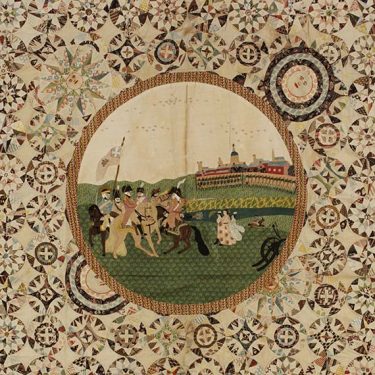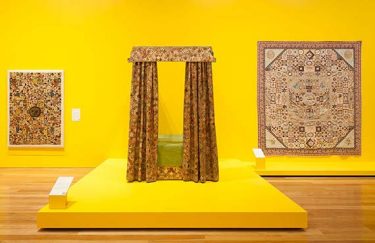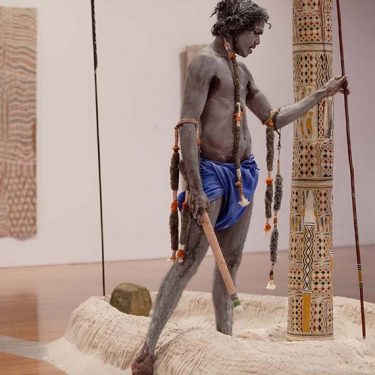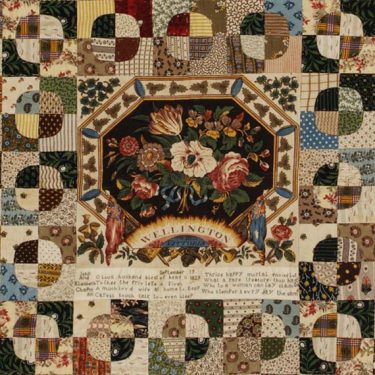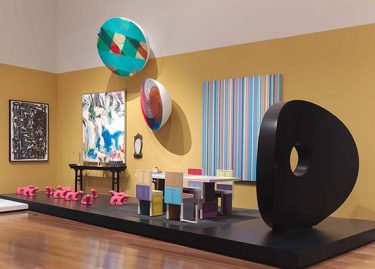Popular Prints and Patchwork in 18th – 19th century Britain
In his political sonnet England in 1819 the English Romantic poet Percy Bysshe Shelley (1792-1822) described King George III (1738-1820) as “an old, mad, blind, despised and dying king”. Working some 20 years prior the unknown maker of the patchwork Coverlet with King George III Reviewing the Troops 1803-05, held a very different, although no…
Continue reading » “Popular Prints and Patchwork in 18th – 19th century Britain”
